If you think email marketing is outdated, think again. In Thailand’s fast-evolving digital landscape, email remains one of the most powerful, underutilised tools for driving conversions, customer loyalty, and sustainable business growth.
While brands pour budget into social media and influencer campaigns, many overlook the one channel that consistently delivers the highest ROI—email. In 2025, savvy Thai businesses are rediscovering email’s potential to build direct, trusted relationships with their audience—without battling changing algorithms or skyrocketing ad costs.
But here’s the truth: success with email marketing in Thailand isn’t just about sending out pretty newsletters. It’s about building a high-quality subscriber list, understanding local consumer behaviours, and crafting campaigns that resonate—both culturally and commercially.
Whether you’re just starting or looking to optimise your email strategy, this guide will show you how to grow your list, create compelling content, and convert subscribers into loyal customers. We’ll also break down Mailchimp strategies that work brilliantly for Thai businesses, from SMEs to ecommerce giants.
💡 Key takeaway:
Email isn’t dead—it’s thriving. Especially when paired with the right strategy tailored for the Thai market.
Why Email Marketing Still Works in Thailand
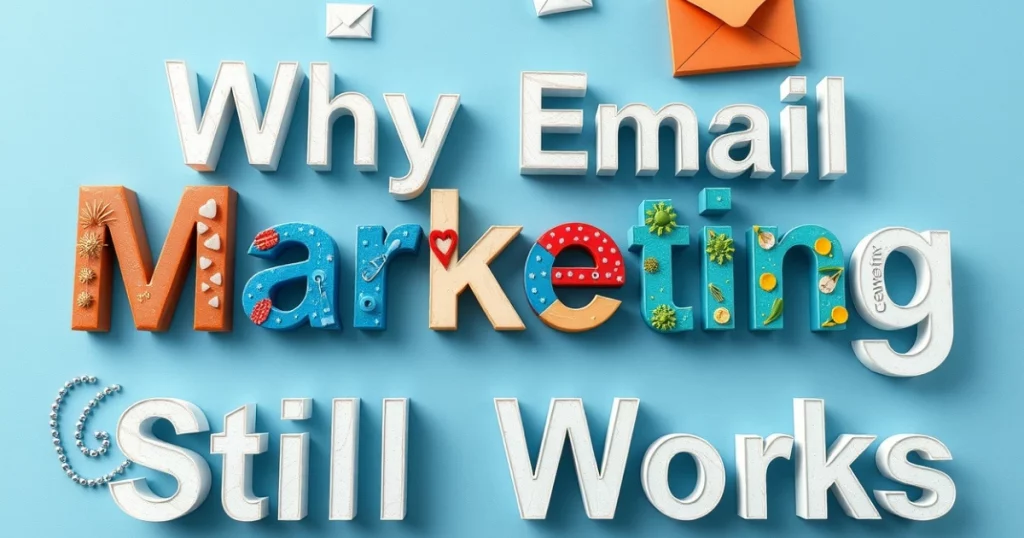
Email marketing might not be as flashy as TikTok trends or influencer shoutouts, but in Thailand, it quietly delivers results where other channels fall short. With smartphone penetration soaring—especially in urban hubs like Bangkok, Chiang Mai, and Pattaya—Thais are checking their emails more frequently than ever. Whether it’s promotions, booking confirmations, or VIP offers, email is a go-to touchpoint for consumers on the move.
There’s also a unique trust factor at play. Unlike intrusive ads or impersonal posts, email feels direct and intentional. Thai consumers often expect deals, updates, and exclusive content to arrive via email—particularly from businesses they’ve willingly subscribed to. This makes email an ideal channel for nurturing repeat engagement and loyalty.
When compared to social media ads, email campaigns often win in terms of engagement and conversion. While ads are scrolled past in seconds, a well-timed, well-crafted email can spark clicks, drive purchases, and start conversations. Plus, with no algorithm standing in your way, your message goes straight to the inbox—every time.
If you’re building a brand in Thailand, ignoring email means leaving money on the table. It’s time to bring it back into your marketing mix—smarter and stronger than ever.
Building a Quality Email List from Scratch
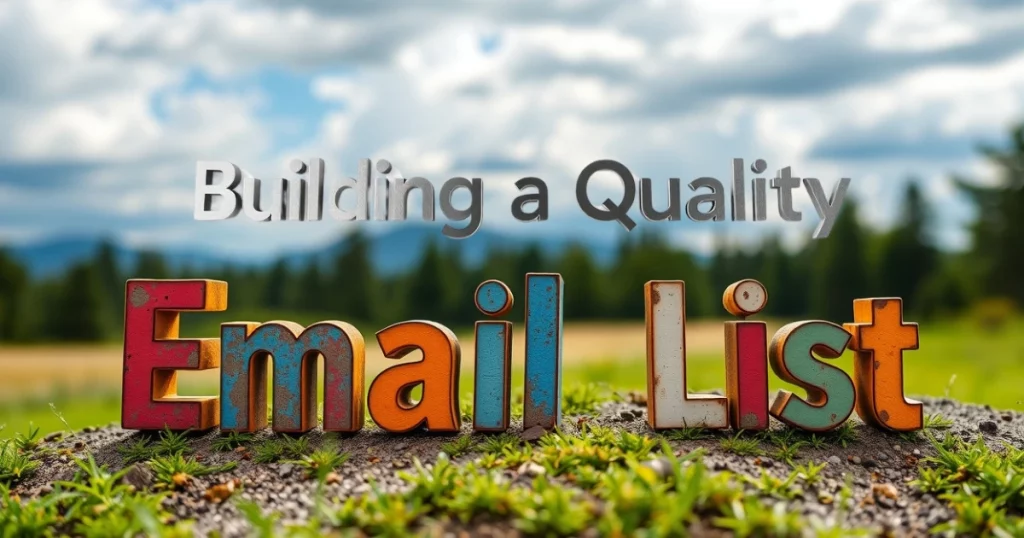
Building an email list isn’t just about collecting as many addresses as possible—it’s about attracting the right subscribers. In Thailand, a culturally aware, strategy-led approach makes all the difference.
Understand Your Audience in Thailand
To build an effective email list in Thailand, you need to understand local behaviours. Thai consumers are highly mobile-first, with LINE and Facebook still dominant, but email is increasingly seen as the “serious” channel—used for offers, receipts, and exclusive content. Language is key: while English may work in expat-heavy areas, most Thai consumers respond better to messages in Thai, or bilingual options. Cultural nuances also matter—politeness, respect, and subtle emotional appeals resonate more than aggressive sales language. Segmenting your audience by region, language, and interests from the outset can significantly improve list quality and campaign performance.
Lead Magnets That Work Locally
Generic lead magnets won’t cut it in Thailand. Offer something truly valuable to your audience—in a local context. This could be a downloadable Bangkok city guide, early access to a Songkran promotion, or a 10% discount for first-time online orders. Thai users appreciate VIP treatment and tangible perks, so tailor your offers accordingly.
Also, design matters. Keep opt-in forms clean, mobile-optimised, and culturally appropriate. Use concise CTAs like “รับข้อเสนอพิเศษ” (“Get Special Offer”) or “สมัครรับข่าวสาร” (“Subscribe for Updates”). Make it clear what subscribers will receive, and set expectations for how often they’ll hear from you. The more relevant and respectful your offer, the more likely Thai visitors are to convert.
Ethical & Compliant List Building
Thailand’s PDPA (Personal Data Protection Act) requires clear consent before collecting personal data, including email addresses. Never buy lists or scrape contacts. Always use opt-in checkboxes, privacy policy links, and explain what data is being collected and why. Transparency builds trust—and in Thailand’s relationship-first business culture, that trust is everything.
Collect emails ethically through your website, events, and social media. Make unsubscribing easy, and respect preferences. An honest, consent-first approach not only keeps you legally compliant, but also ensures a healthier, more engaged list.
Tools to Get Started
Top tools for Thai-friendly email marketing include Mailchimp (great for automation and templates), Kit (ideal for creators), and LINE-integrated opt-in tools for cross-channel list building. Choose one that integrates smoothly with your website and supports bilingual campaigns.
💡 Key takeaway:
A small, engaged Thai subscriber list outperforms a massive one with no strategy.
Crafting High-Converting Email Newsletters
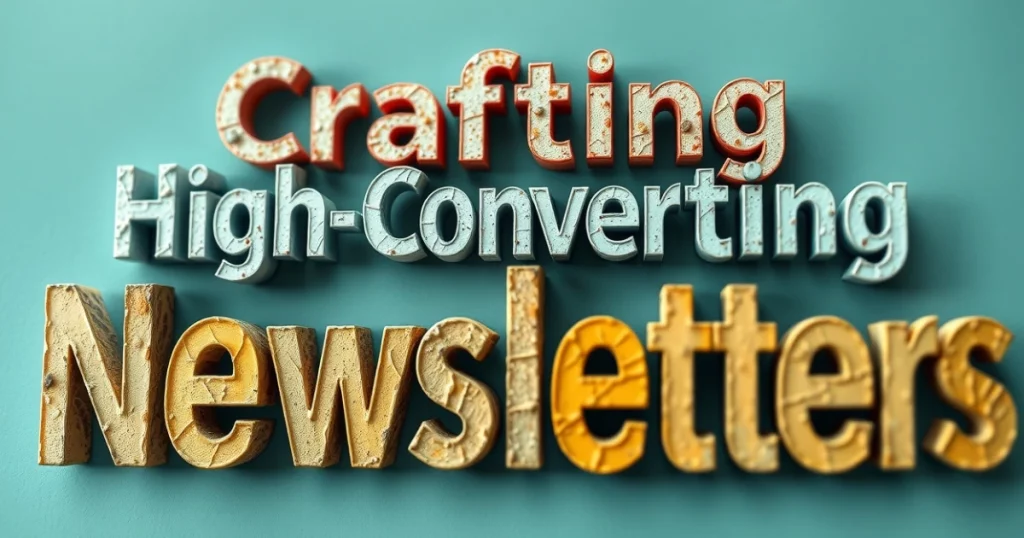
Your subscriber list is only as valuable as the content you send. In Thailand, where digital attention spans are short and expectations are high, crafting the right kind of newsletter is essential to turn subscribers into loyal customers.
Design & Copywriting Tips for Thai Audiences
Great newsletters blend aesthetics with cultural relevance. Start with a mobile-first design—over 90% of Thai users check emails on smartphones. Use single-column layouts, large tap-friendly buttons, and minimal text blocks for better readability on smaller screens.
Bilingual content performs best, especially in regions like Bangkok or Chiang Mai where audiences are diverse. Use clear Thai and English headings, with Thai as the dominant language unless targeting expats.
Subject lines are your first (and often only) impression. Use urgency and local relevance:
- “รับส่วนลดวันเดียวเท่านั้น!” (“One-Day Discount Only!”)
- “ใหม่! เมนูสุขภาพที่คุณต้องลอง” (“New! A Healthy Menu You Must Try”)
Keep them under 50 characters and avoid spammy terms. Emojis can add visual appeal, but use them sparingly and appropriately.
Newsletter Structure That Converts
A high-converting Thai newsletter should feel personal and purposeful. Start with a warm greeting, ideally using the subscriber’s first name if available. Lead with storytelling—a short, relatable scenario or insight before presenting your offer.
Structure your content in blocks:
- Eye-catching image or headline
- Short, persuasive copy
- Bold CTA button (e.g. “ช้อปเลย” – “Shop Now”)
Use whitespace to reduce visual clutter, and ensure all links are trackable. For better engagement, include a clickable LINE button or QR code to connect subscribers to your chat channel—a popular expectation in Thailand.
Boost open rates by sending during peak Thai business hours (10am–12pm Tue–Thurs), and increase click-throughs with limited-time offers, countdowns, or free gifts.
A/B Testing Your Newsletters
Consistent A/B testing is key to improving performance over time. Start by testing subject lines—try one in Thai and one bilingual. Next, experiment with send times and CTA placement.
Mailchimp makes this easy with built-in A/B split testing and engagement reports. Monitor key metrics like open rate, click-through rate, and unsubscribe rate. Use the data to refine future campaigns and eliminate underperforming elements.
Even small tweaks—like a shorter headline or a brighter CTA button—can yield significant gains.
Conversion-Focused Email Campaign Strategies
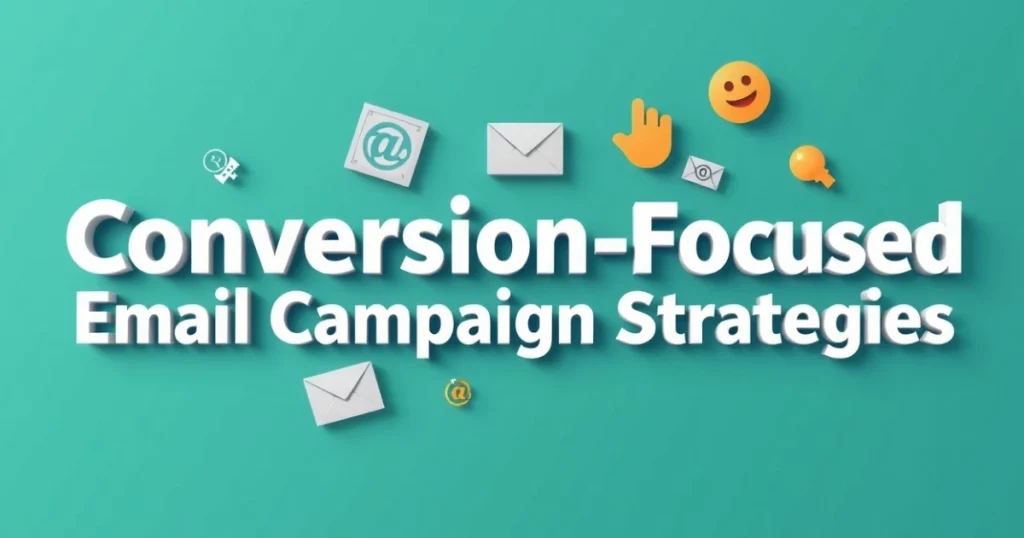
Creating a good-looking newsletter is one thing—engineering it to convert is another. In Thailand’s competitive digital space, strategic email campaigns built around behaviour, timing, and relevance can dramatically increase your ROI.
Segmentation & Personalisation
Mass email blasts are a thing of the past. To boost conversions, you need to segment your Thai audience by language preference, location, purchase behaviour, and even cultural interests. Bangkok-based fashion shoppers may respond differently than Phuket-based expats or upcountry mobile users.
Use tags and custom fields in Mailchimp to organise subscribers into meaningful groups. Then personalise content—name, product suggestions, even regional promotions. Thai consumers are more likely to engage with emails that feel tailored, not generic. Even small touches like localised offers or birthday wishes can significantly lift open and click-through rates.
Automated Campaigns That Drive Results
Automation saves time—and delivers powerful results when used strategically. Start with a solid welcome series that introduces your brand, offers a perk (like a discount), and sets expectations.
Other high-performing automations in Thailand include:
- Cart abandonment reminders with Thai copy and visual cues
- Re-engagement emails to revive dormant subscribers
- Post-purchase follow-ups to build loyalty and gather feedback
Use Mailchimp’s automation builder to schedule and personalise flows based on user actions. These campaigns run quietly in the background, delivering conversions 24/7.
Optimising for ROI
To maximise returns, track essential KPIs:
- Open rate (above 20% is solid in Thailand)
- Click-through rate
- Conversion rate (measured by sales or actions)
- Unsubscribe rate
Refine underperforming campaigns by adjusting timing, copy, or offer strength. Consider using urgency (limited-time offers), gamification (scratch-to-reveal discounts), or integrating LINE to close the loop on sales.
The goal isn’t just engagement—it’s measurable revenue.
💡 Key takeaway:
The right campaign timing and segmentation can triple your email conversion rates.
Mailchimp Strategy for Thai Businesses

Mailchimp remains a favourite email marketing platform for Thai businesses—and for good reason. Its user-friendly interface, automation tools, and robust analytics make it ideal for both beginners and advanced marketers. But to get real results in Thailand, you need to go beyond the basics and tailor your Mailchimp setup to local preferences.
Start by customising your email templates with bilingual content blocks—Thai and English—to appeal to a wider audience. Use Mailchimp’s drag-and-drop builder to design clean, mobile-first layouts that match Thai consumer expectations.
For local integration, connect Mailchimp with popular Thai CRMs like FlowAccount or ReadyPlanet. Many Thai businesses also link their Mailchimp campaigns with LINE Official Accounts, using QR codes or smart links to bridge the gap between inbox and chat app—a move that significantly boosts conversion potential.
Leverage Mailchimp’s segmentation tools to group users by city, language, or previous purchases. Then build automations for abandoned carts, seasonal promotions, or VIP-only deals.
Finally, keep an eye on analytics. Open rates, CTRs, and revenue tracking tell you what’s working—and where to refine. With a tailored strategy, Mailchimp becomes more than just an email tool; it becomes a revenue engine for Thai businesses.
Common Mistakes to Avoid
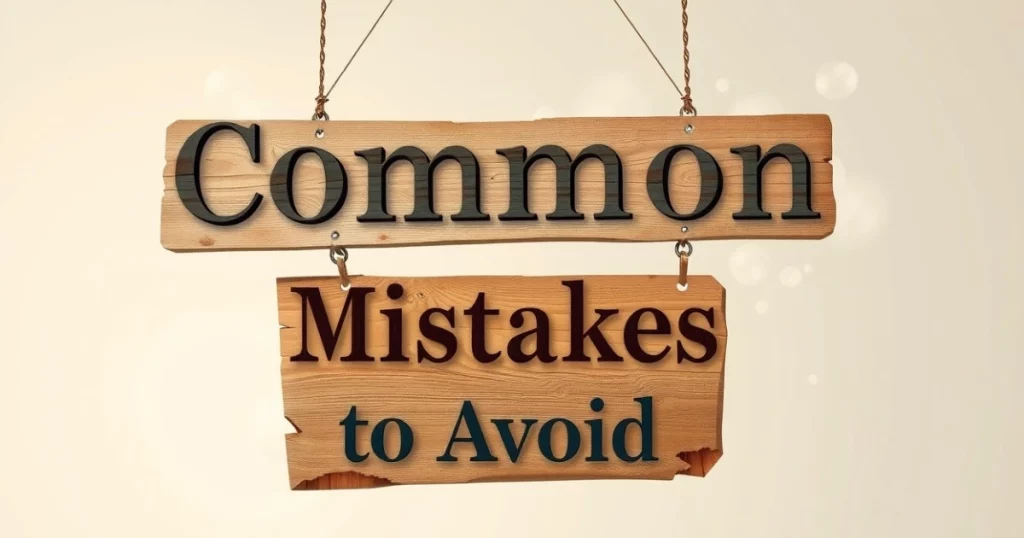
Even the best email marketing strategy can fall flat if you stumble into common pitfalls. Buying email lists is not only illegal under Thailand’s PDPA—it also damages your sender reputation and results in dismal engagement. Over-emailing can quickly annoy subscribers, leading to unsubscribes or spam reports.
Many Thai businesses also ignore mobile optimisation, despite the country’s mobile-first habits. Clunky designs and unreadable fonts will kill your conversions instantly. Lastly, failing to localise your messaging—whether by using only English or tone-deaf content—can alienate your audience. Respect the local culture, language, and digital habits to build lasting relationships.
Conclusion + Final Thoughts

Email marketing in Thailand is far from outdated—it’s a high-ROI channel that rewards strategy, cultural sensitivity, and consistency. From building a targeted, permission-based list to crafting mobile-optimised, bilingual newsletters, the key lies in understanding your audience and delivering genuine value.
Focus on sustainable list growth rather than short-term hacks. Personalise, automate, and analyse your campaigns regularly to keep improving results. The businesses winning in 2025 are the ones that treat email as a long-term relationship tool—not just a sales trigger.
Start small, test often, and refine continuously. Your ideal subscribers—and loyal customers—are just one great email away.
Start Building Your High-Converting Email Funnel
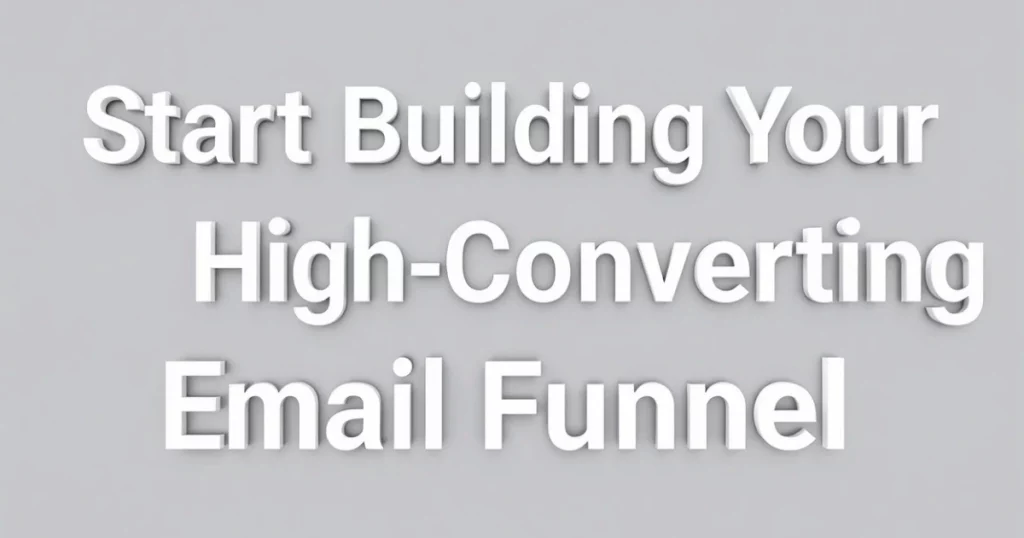
Ready to unlock the full potential of email marketing in Thailand? Let Northern Kites craft a tailored email funnel that drives real results. From strategy to automation, we’ll help you grow your list and boost conversions. Contact us today for a free consultation and take your campaigns to the next level.
FAQs
What is the best tool for email marketing in Thailand?
Mailchimp is popular due to its integration with Thai platforms, but ConvertKit and GetResponse are also great for automation and segmentation.
How do I grow my email list in Thailand legally?
Focus on value-based opt-ins, clear consent, and compliance with Thailand’s PDPA regulations.
What’s a good open rate for emails in Thailand?
An open rate of 20–25% is healthy; however, with strong subject lines and segmentation, Thai businesses often see rates above 30%.
Should I send emails in Thai or English?
It depends on your audience. Bilingual newsletters often perform best, especially in cosmopolitan areas like Bangkok.
How often should I send emails to my subscribers?
Once per week is a good benchmark. Test and adjust frequency based on engagement and unsubscribes.


